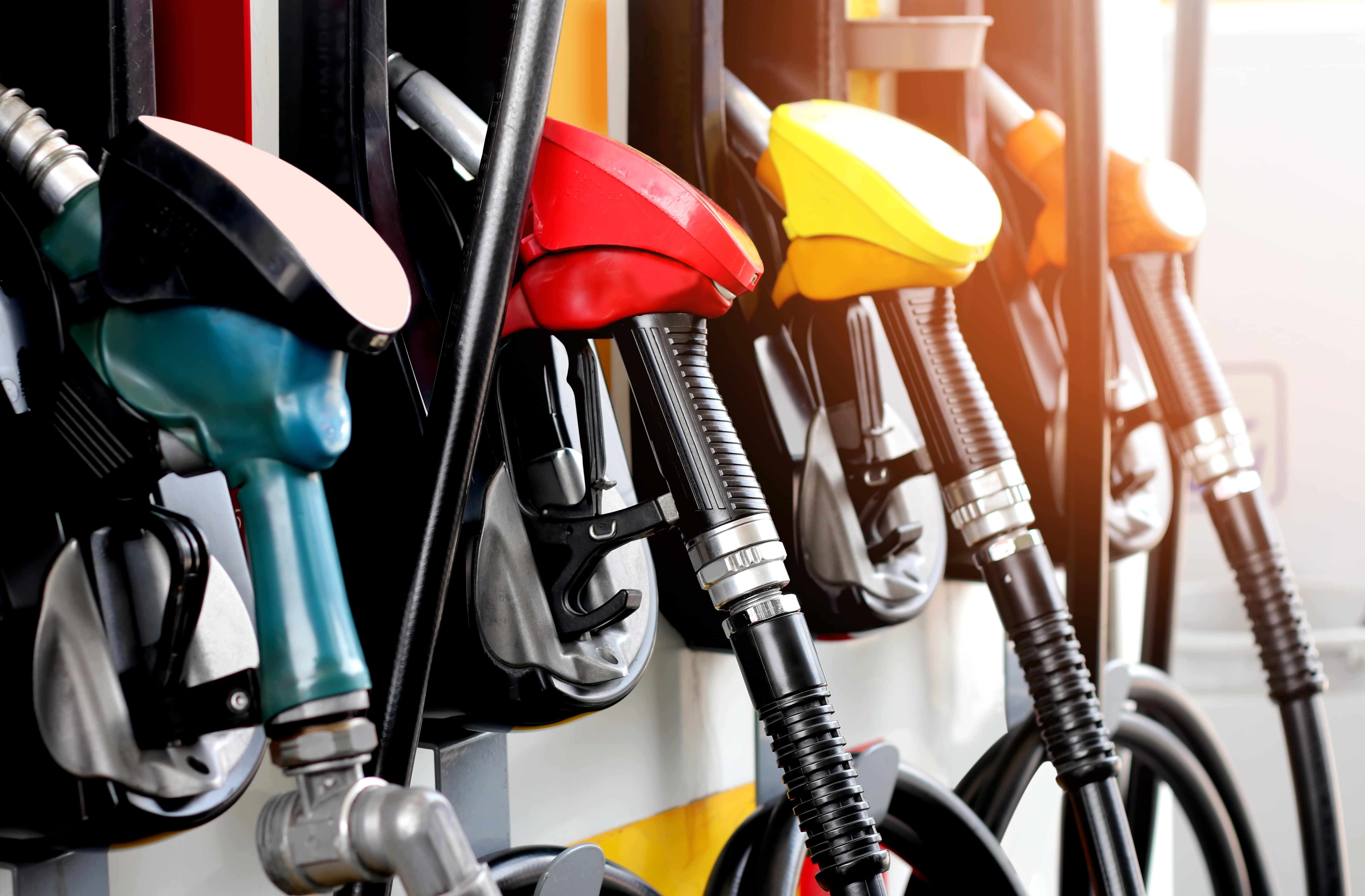
Guest
Поради водіям вантажівок щодо економії пального
Створено: 16.08.2024
•
Оновлено: 10.10.2024
Економія пального - один з найважливіших аспектів, що впливає на витрати транспортних компаній. Як для менеджера, так і для водія життєво важливо розуміти, як підвищити ефективність використання палива. У SNAP ми прагнемо надавати професійну підтримку всім, хто займається вантажними перевезеннями, тому ми підготували список порад, які допоможуть підвищити ефективність використання пального на дорозі.
Чому економія палива так важлива?
Щоб повністю зрозуміти важливість економії бензину, варто розглянути роль, яку витрати на пальне відіграють у бюджетах транспортних компаній. За різними даними, витрати на пальне можуть становити від 25% до 35% витрат операторів автопарків. Використання порад щодо економії пального може значно зменшити витрати, що дозволить вивільнити більшу частину бюджету для інших інвестицій.
Ще один аспект, чому варто заощаджувати паливо, - це екологія. Незважаючи на те, що електромобілі поступово завойовують ринок вантажних перевезень, більшість автопарків все ще складаються здебільшого з вантажівок, оснащених звичайними двигунами внутрішнього згоряння. Оскільки на транспорт припадає п'ята частина глобальних викидів забруднюючих речовин, поради щодо економії пального можуть допомогти не лише вам і вашій компанії, але й планеті в цілому.
Поради щодо економії пального від SNAP для водіїв у Великобританії та Європі
Щоб допомогти вам боротися зі зростаючими витратами та зменшити викиди забруднюючих речовин, ми підготували список порад для досягнення оптимальної паливної ефективності автопарку. Вони ґрунтуються на реальному досвіді та рекомендаціях від надійних галузевих партнерів - ви можете бути впевнені, що виконання наших порад суттєво вплине на вашу економію пального.

1. Тихіше їдеш - далі будеш
Незважаючи на те, що може виникнути спокуса дістатися до місця призначення якнайшвидше, важливо враховувати обмеження швидкості під час руху. Чинні обмеження діють з 2015 року, встановлюючи максимальну швидкість на дорогах з однією та двома проїжджими частинами 50 та 60 миль/год відповідно, а на автомагістралях - 70 миль/год. Важливо зазначити, що для транспортних засобів вагою понад 7,5 тонн (при цьому вага розраховується як з урахуванням ваги автомобіля, так і з урахуванням ваги вантажу) встановлені більш жорсткі обмеження швидкості, зокрема 60 миль/год на автомагістралях. Документально доведено, що стабільна їзда та дотримання обмежень допомагає заощаджувати паливо - більше того, це допомагає уникнути штрафів за перевищення швидкості та різко знижує ризик аварій.
2. Дізнайтеся про економію пального
Щоб повністю зрозуміти, як ваш стиль водіння впливає на транспортні витрати, вам потрібно знати про тонкощі економії пального. MPG - це найпоширеніша одиниця виміру споживання пального автопарком. Розрахунок досить простий, але одиниці виміру можуть заплутати, оскільки більшість заправок у Великобританії та Європі продають паливо в літрах. Один британський галон дорівнює 4,546 літрам. Більшість сучасних автомобілів надають статистику MPG на ходу, тому ви можете легко контролювати використання пального під час руху.
3. Менше гальмуйте і їдьте з постійною швидкістю
Спокійний стиль водіння може творити чудеса з економією палива вантажівки. Використовуйте гальмування двигуном скрізь, де це можливо, дотримуйтесь безпечної дистанції між собою та іншими автомобілями, а головне - керуйтеся здоровим глуздом на дорозі. Будьте уважними, щоб швидко ідентифікувати будь-які ситуації, які можуть вимагати від вас уповільнення, і відповідно відрегулювати швидкість, щоб зберегти безпеку і зменшити використання палива одночасно.
4. Їдьте на вищих передачах, коли це можливо
Ще один аспект, який потрібно враховувати - це робота двигуна: вищі передачі означають меншу кількість обертів на хвилину, що призводить до меншого навантаження на двигун. Якщо ви не їдете під гору або не знижуєте передачу для обгону, намагайтеся залишатися на вищій передачі, коли це можливо. Це один з найважливіших прийомів водіння для економії пального.

5. Дбайте про свою вантажівку
Дбайте про свій автомобіль, і він подбає про вас. Регулярно проводьте технічне обслуговування, слідкуйте за рівнем масла та тиском у шинах, а також контролюйте ефективність роботи двигуна. Ці поради щодо економії пального можуть мати велике значення і відтермінувати ремонт та інші роботи з технічного обслуговування. Аспект економії пального, який часто ігнорують, - це правильно накачані шини, які можуть зменшити витрату пального на 2%.
6. Плануйте свій маршрут і будьте в курсі дорожніх умов
Заздалегідь спланувавши маршрут, ви зможете уникнути неправильних поворотів і зайвих кілометрів у дорозі. Часто це робить автоматично ваш навігатор, але вам також потрібно бути в курсі можливих об'їздів і поганих дорожніх умов, щоб ще більше оптимізувати свій маршрут.
7. Не забувайте про аеродинаміку
Коли дають поради щодо економії пального, часто не беруть до уваги вплив опору повітря на витрату пального. На високих швидкостях навіть відчинені вікна можуть негативно вплинути на економію пального. Аеродинамічні втрати можуть збільшити витрату пального на 20% - про це обов'язково варто пам'ятати за кермом.
8. Використовуйте найбільш економічні вантажівки
Ця порада більше орієнтована на менеджерів автопарків, але водіям теж варто пам'ятати про неї. Хоча важко вибрати найбільш економічну вантажівку, на ринку, безумовно, не бракує паливно-ефективних вантажівок - особливо серед нових моделей. Вантажівки з хорошим показником витрати пального є життєво важливим активом для будь-якої транспортної компанії. Хоча в деяких випадках початкова вартість найкращих вантажівок з оптимальною витратою пального може бути вищою, ніж у альтернативи, яка використовує більше пального, економія стає очевидною протягом більш тривалих періодів часу.
9. Вимикайте двигун на холостому ходу
Особливо коли ви з'їжджаєте з автобану і добираєтеся до кінцевого пункту призначення, який може бути в місті, ви часто можете опинитися в ситуації, коли ви зупиняєтеся в пробці, навіть на тривалий час. У таких випадках варто вимкнути двигун на деякий час. Навіть найкращі вантажні автомобілі, що економно витрачають паливо, все одно виграють від цього - одночасно ви можете зменшити викиди та знизити рівень шуму.
10. Використовуйте перевірені рішення, які допоможуть вам у дорозі
Пошук місця для паркування або хорошого місця для заправки може додати багато зайвих кілометрів до вашого маршруту. Щоб прискорити цей процес, ви можете скористатися програмним забезпеченням TMS (Transport Management System) - платформа SNAP доступна як для операторів автопарків, так і для водіїв. Доступні функції включають модуль SNAP Parking, який дозволяє знаходити стоянки для вантажівок (https://snapacc.com/map/) та паркінги, заощаджуючи ваш час та паливо.

Підсумовуючи - їдьте стабільно, враховуйте аеродинаміку, використовуйте правильний транспортний засіб та використовуйте можливості облікового запису SNAP
Як досягти оптимальної економії пального? Існує багато способів зменшити споживання пального - від спокійного та рівномірного стилю водіння, використання найбільш економних вантажних автомобілів, до турботи про аеродинаміку та технічне обслуговування автомобіля. Ви також можете досягти чудових результатів, використовуючи функції, доступні на платформі SNAP Account, такі як SNAP Паливо та SNAP Паркування.
Наразі наші рішення допомагають понад 185 000 водіїв по всій Європі, допомагаючи більш ніж 8 500 автопаркам заощаджувати на витратах на пальне. Витрати на пальне можуть становити 25-35% витрат транспортної компанії - окрім економічних переваг, економія бензину також є життєво важливою для планети, оскільки допомагає зменшити викиди в атмосферу.



